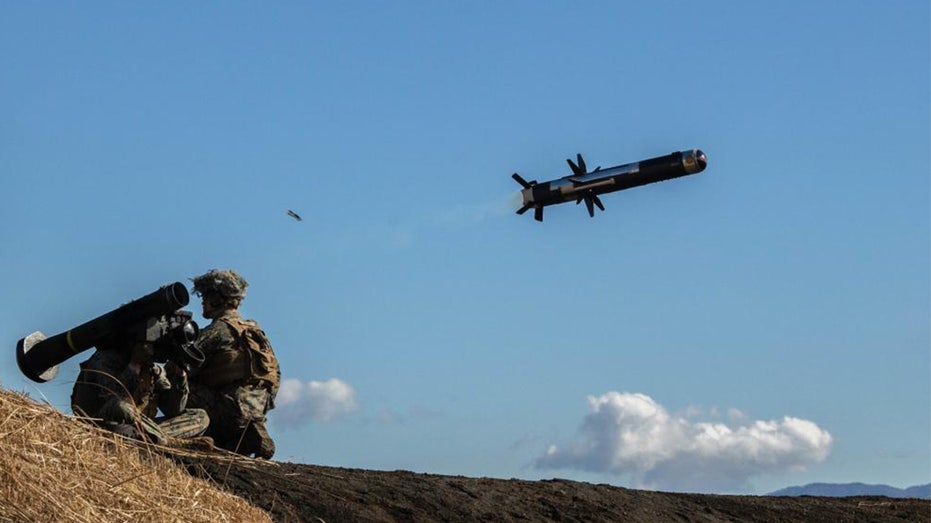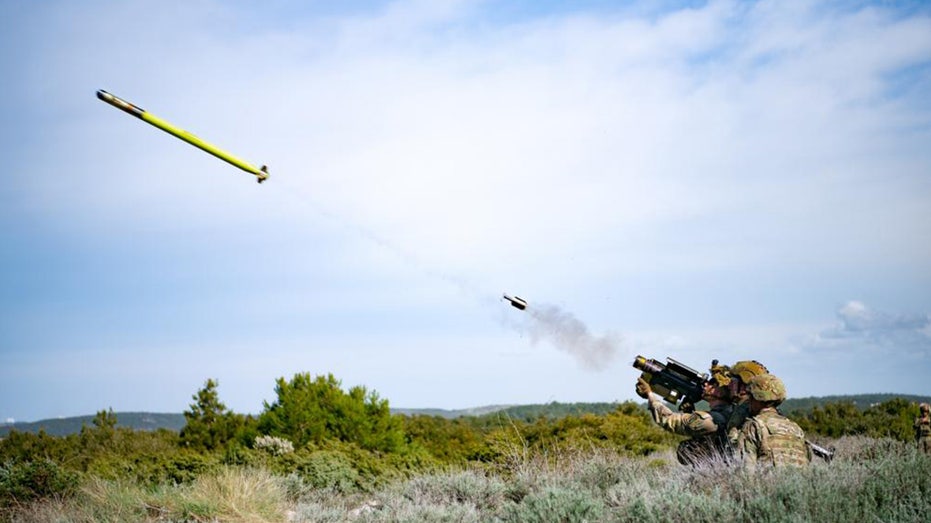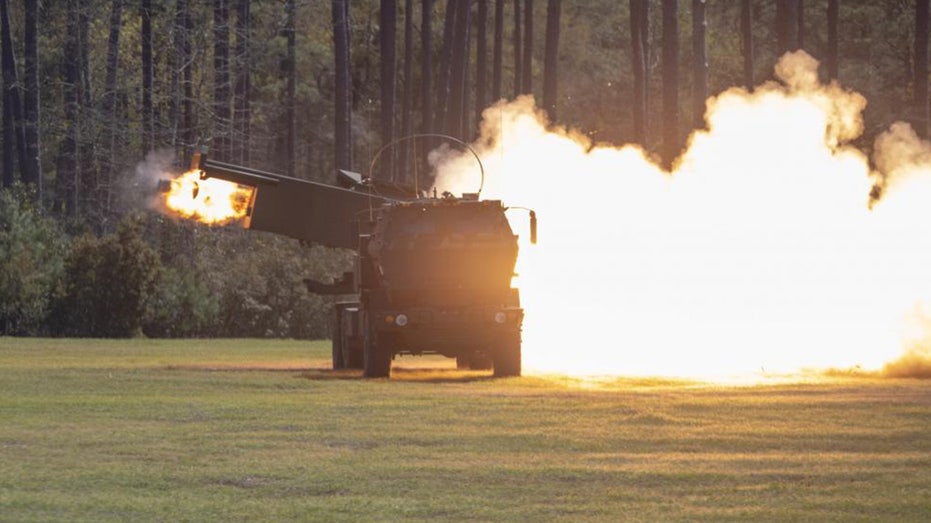Omnibus contains $11.9B for Pentagon to replenish weapon systems sent to Ukraine
The Pentagon, Congress and defense firms are looking to ramp up the production of key weapons systems.
Gen. Jack Keane on Ukraine aid: European countries are stepping up
Fox News senior strategic analyst retired Gen. Jack Keane discusses President Zelenskyy's plea to Congress as the U.S. prepares to send more aid to Ukraine.
The $1.7 trillion omnibus spending bill Congress is poised to approve provides $858 billion for the Department of Defense and includes $11.9 billion to help replenish U.S. inventories of in-demand weapons systems like the Javelin, Stinger and High Mobility Artillery Rocket System that have been depleted by the war in Ukraine.
The inclusion of that funding in the omnibus spending bill, which the Senate advanced on Thursday and will likely pass the House Friday, seeks to address the impact aid to Ukraine has had on stockpiles of Javelin anti-tank missiles, Stinger anti-aircraft missiles and other items like the HIMARS.
Those weapons have helped Ukraine blunt the Russian invasion and carry out a counteroffensive to reclaim some of the territory it lost earlier this year.
Speaking at the Reagan Defense Forum earlier this month, Raytheon Technologies CEO Greg Hayes said, in the first 10 months of the war in Ukraine, "We've essentially used up 13 years worth of Stinger production and five years worth of Javelin production."
WINTER CAMO GEAR TOPS CHRISTMAS WISH LISTS FOR UKRAINIAN TROOPS AS DRONE STRIKES ESCALATE
It may take several years for the defense industrial base to expand its production to meet ongoing demand and replenish the depleted inventories.

Marines with the 1st Battalion, 2nd Marines fire a Javelin shoulder-fired anti-tank missile during Exercise Fuji Viper in Japan Dec. 15, 2022. (U.S. Marine Corps photo by Lance Cpl. Jaylen Davis/3rd Marine Division / Fox News)
In addition to asking allied nations to ramp up their defense production, the Pentagon has awarded defense firms several new contracts since the Ukraine war began to help backfill U.S. inventories of systems sent to Eastern Europe.
Production rates for the Javelin shoulder-fired anti-tank weapon, which is manufactured through a joint venture between Raytheon and Lockheed Martin, were at 2,100 Javelin missiles per year as of May 2022.
The partnership intends to increase that to 4,000 annually, according to remarks made by Lockheed Martin CEO Jim Taiclet to CBS in May.

Army paratroopers with the 173rd Airborne Brigade fire a Stinger man-portable air defense system with Croatian troops during Exercise Missile Shield 22 in Croatia April 8, 2022. (U.S. Army photo by Staff Sgt. John Yountz/173rd Airborne Brigade / Fox News)
Building more Stinger man-portable air defense systems (MANPADS) presents a unique challenge, as it's scheduled to be replaced later this decade and contains several obsolete components. Earlier this year, Hayes told investors that supply chain issues may prevent Raytheon from ramping up production of Stinger missiles until 2023.
ZELENSKYY CHANNELED RONALD REAGAN IN SPEECH TO CONGRESS: PETRAEUS
The U.S. delayed its decision to provide Ukraine with the M142 HIMARS for several months after the outset of the war, partly due to a concern that Russia could use its provision as a pretext to escalate the war.
But, since its arrival in Ukraine, the mobility and firepower of the precision rocket artillery system helped stem Russia's advance and set the stage for the Ukrainian counteroffensive this summer and fall, particularly with strikes on Russian supply depots.

Marines with the 10th Marine Regiment, 2nd Marine Division fire a practice rocket from a M142 High Mobility Artillery Rocket System (HIMARS) during an Exercise Rolling Thunder 22-2 at Camp Lejeune, N.C., April 4, 2022. (U.S. Marine Corps photo by Lance Cpl. Megan Ozaki/2nd Marine Division / Fox News)
At the beginning of the year, Lockheed Martin, the lead manufacturer of HIMARS, made 48 systems yearly. It has since increased that production rate to 60 per year and is planning to increase that to 96 HIMARS annually to meet demand from the U.S., NATO member countries and others.
Scaling up production of the munition most commonly used with the HIMARS and similar platforms, known as the GMLRS, will also take time. In September, Lockheed Martin COO Frank St. John told CBS the company could produce 10,000 rockets annually. While the company is considering upping that to 12,000 or 14,000 annually, St. John said it takes "on the order of 18-24 months to make any significant changes in the production quantities."
GET FOX BUSINESS ON THE GO BY CLICKING HERE
The strain on the U.S. defense industrial base caused by Russia's war against Ukraine has also complicated efforts to arm other allies like Taiwan, the self-governing democracy that the People's Republic of China regards as a rogue province and has threatened to take by force.
Since Russia invaded Ukraine in late February 2022, the backlog of U.S. military aid intended for Taiwan has grown by more than $4 billion to roughly $19 billion, according to The Wall Street Journal. Taiwan's military has also sought to buy the HIMARS from the U.S., in addition to Javelins, Stingers and other weaponry.




















